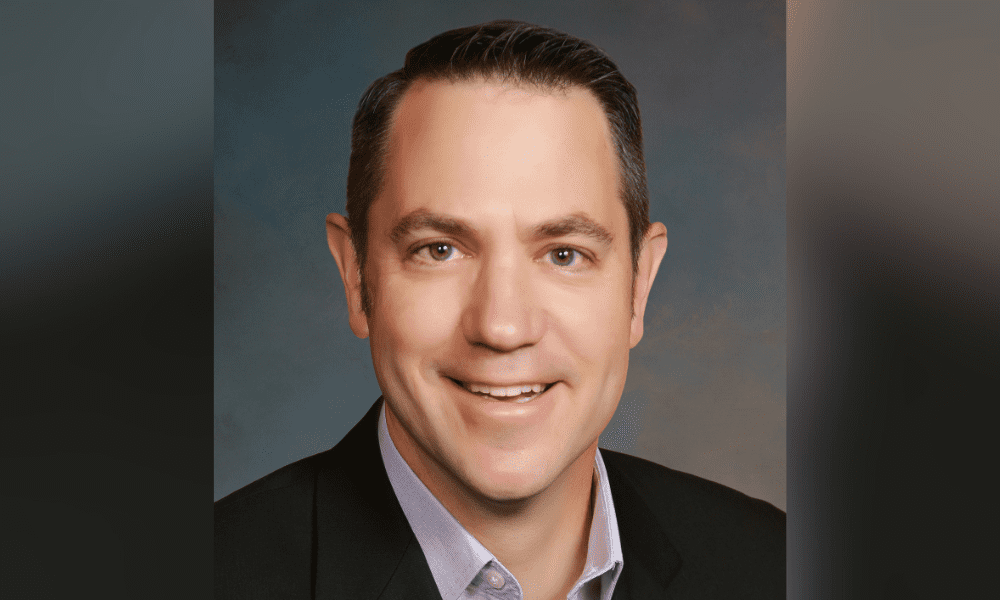How many decades in a 100-year event?

How many decades in a 100-year event? | Insurance Business America
Catastrophe & Flood
How many decades in a 100-year event?
Flood events could be far more likely soon
Catastrophe & Flood
By
David Saric
One-hundred-year flooding events could be on track to become 50-year events by 2050, while property losses are expected to increase by 125% due to wildfire activity, according to analysis by the Society of Actuaries (SOA).
With this uptick in nat cats posing various economic and sociological challenges, it is important that insurers take notice and plan for a potentially troubling marketplace, according to SOA.
“Carriers need to be mindful of how much capital they should carry if these types of events will keep happening. They should be prepped in case they are expected to pay an extraordinary amount of claims,” said R. Dale Hall (pictured), FSA, MAAA, CERA, CFA, managing director of research at the Society of Actuaries.
“Should this RCP 8.5 scenario play out and come into play, it would certainly shift the volume of property losses in the annual distributions a little bit.”
In an interview with Insurance Business, Hall delved into how severe floods are charting unplanned territory, particularly in urban environments, and why more wildfires are turning into dystopic giga fires.
The dangers of off plane flooding
Typical flood modelling depicts the most vulnerable areas as most at risk of the devastations of a water surge.
This includes neighborhoods and businesses that are located directly adjacent to rivers, lakes and any other body of water that may overflow if inundated with too much precipitation.
Off-plane flooding, which is defined as a high and very intense level of precipitation in areas of low absorption, is something that analysts are taking note of.
“That’s where the biggest potential for increase in annual property losses is,” Hall said.
“Far away from a river system, typically more in urban areas, where there is a high density of buildings that can lead to major property losses and business disruption.”
However, this isn’t just a problem for urban sprawls, but also arid environments. In California, Hurricane Hilary resulted in desert areas flooding due to infrastructure and sewer systems not being able to withstand such heavy rainfall.
Hall said that “when they develop the runoff systems, they are designed to recognize that these incidents can happen.”
“But in some cases, it’s just the enormous volume that might be happening in a short amount of time that causes, you know, broader issues to happen.”
Viewing hurricanes as more than windstorms
Property insurers model and prepare for the devastations of hurricanes due to severe winds. However, as previous events have shown, the secondary impact of these storms, such as increased rainfall, can create losses for a larger geographic area.
“We witnessed this inland flooding in New Orleans during Hurricane Katrina in 2005,” Dale said.
In 2023, Hurricane Idalia, which caused significant damages in Florida, caused more flood-related losses in Georgia.
“Instead of a hurricane being an eight-to-ten-hour event on the coast, it now becomes a 20-to-30-hour event once you’re inland and the volume of rain keeps accumulating,” Dale said.
“Insurers are trying to pay more attention to what these models are saying even beyond what is happening at the coastline.”
Prime environments for out-of-control wildfires
While hurricanes and their secondary impacts like flooding are a cause for concern for insurers across the nation, on the inverse, arid conditions are creating large opportunities for catastrophic wildfires, especially in the West.
Dale noted how a change in atmospheric temperature is resulting in more water vapor being held and without necessarily releasing it.
Because of this, SOA is predicting that property losses may increase 125% due to fertile environment for larger and more damaging wildfires.
This will increase the likelihood of 100,000-acre megafires to occur more frequently and without restraint. However, Dale noted how giga fires, which are over 1,000,000 acres, are also a possible threat due to arid conditions and subpar property maintenance.
“A million acres covers a large amount of space, and typically runs into many different communities at that point,” he said.
“At that point, large losses are inevitable, and that is just another extreme weather event insurers need to be prepared for as the years pass.”
Related Stories
Keep up with the latest news and events
Join our mailing list, it’s free!






